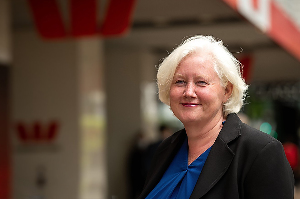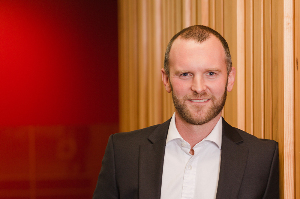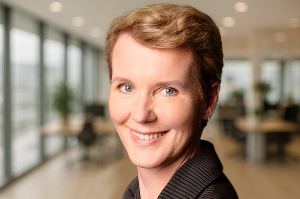
Phil Holland, who has just joined mortgage and insurance adviser company Vega in Tauranga as a commercial finance specialist, says commercial developers have been hit hard in the falling property market.
“Many developers have pulled the pin on projects as the figures do not stack up for most commercial developments. It’s a tough market, reflected in commercial and industrial transactions down 74% year-on-year to February.”
Holland’s career has almost come full circle. He spent 10 years in financial planning, five years in the insurance field and then 10 years as a business coach helping companies expand.
During his first stint in the finance industry, he was named Young Financial Planner of the Year 2004 in the Good Returns awards.
His last assignment, before joining Vega, was a two-year stretch helping a struggling Taupo-based firm burgeon into the world’s biggest worm farm.
Worms at the company’s farm eat their way through 130,000 tonnes of organic waste every year to produce vermicast, a fertiliser sold to farmers, horticulturists and gardeners. The company also exports.
Holland travelled from Tauranga to Taupo three days a week as the company’s general manager. Tired of the travel, he decided to return to finance and is relishing the change, although he has come into a commercial market that is heightening risks for lenders.
However, with the latest inflation figures dropping from 7.3% to 6.7%, Holland says land prices - a major component of any commercial development - might start falling.
“Interest rates appear to have peaked. However, the way New Zealand’s main trading banks price risk into their lending books puts heavy pressure on many developers.
“When commercial and industrial loans roll off lower interest rates, there will be developers paying almost double their existing outgoings, with some sitting on bare land, unfinished projects and developments that are still on the drawing board.”
Holland says as with any property cycle, there have been too many first time and under-resourced developers in the market. “The cream always rises to the top and this is now showing, but finance is still tight even for seasoned developers.
“The development market is heading for a huge correction and we are only part way through it, although there is light at the end of the tunnel. Quite what that light looks like is uncertain.”
He says after the trough, getting the funding and structural mechanism right for developers will open up opportunities.
“As advisers we have to do things a bit differently and work harder. We have to look away from the traditional banks to non-bank financiers.
“Traditional banks struggle to lend to developers and commercial and industrial property buyers because the rates they test mortgage serviceability at are high, in the 8-9% range, and they also have other compliance issues.”
Some developers have also in the past year decided to hang on to properties because of the low development when selling prices dropped. While they might have years of experience banks won’t lend to them because they believe their income is unstable.
Stripping out the residential component of the market, Holland says the industrial and commercial lending market is much bigger than people think.
According to the Reserve Bank, lending by the banks to small businesses in the commercial property development sector has been consistently just over $200 million since October last year, hitting $230 million in February. For medium-size firms it has been just over $2 billion each month since October last year and total borrowing by large development companies has fallen from nearly $7 billion in November and December last year to just over $6 billion in February.
Holland says on top of that, non-bank lenders have plenty of skin in the game and it is only going to increase. “They don’t have the same strict criteria as the main banks. The number of lenders and their skin in the game is only going to increase,” he says.
Holland says inquiries for commercial property borrowing have ramped up recently as acceptance that interest rates are peaking comes into consciousness. He says developers sense this is the time to get ahead of the game.
However, a number of non-bank lenders are not lending or have full books. With access to about 100 lenders, Holland says it is a matter of keeping up with what is available for borrowers and being able to structure a deal that suits both parties. “It’s not easy at all.”





Comments
No comments yet.
Sign In to add your comment